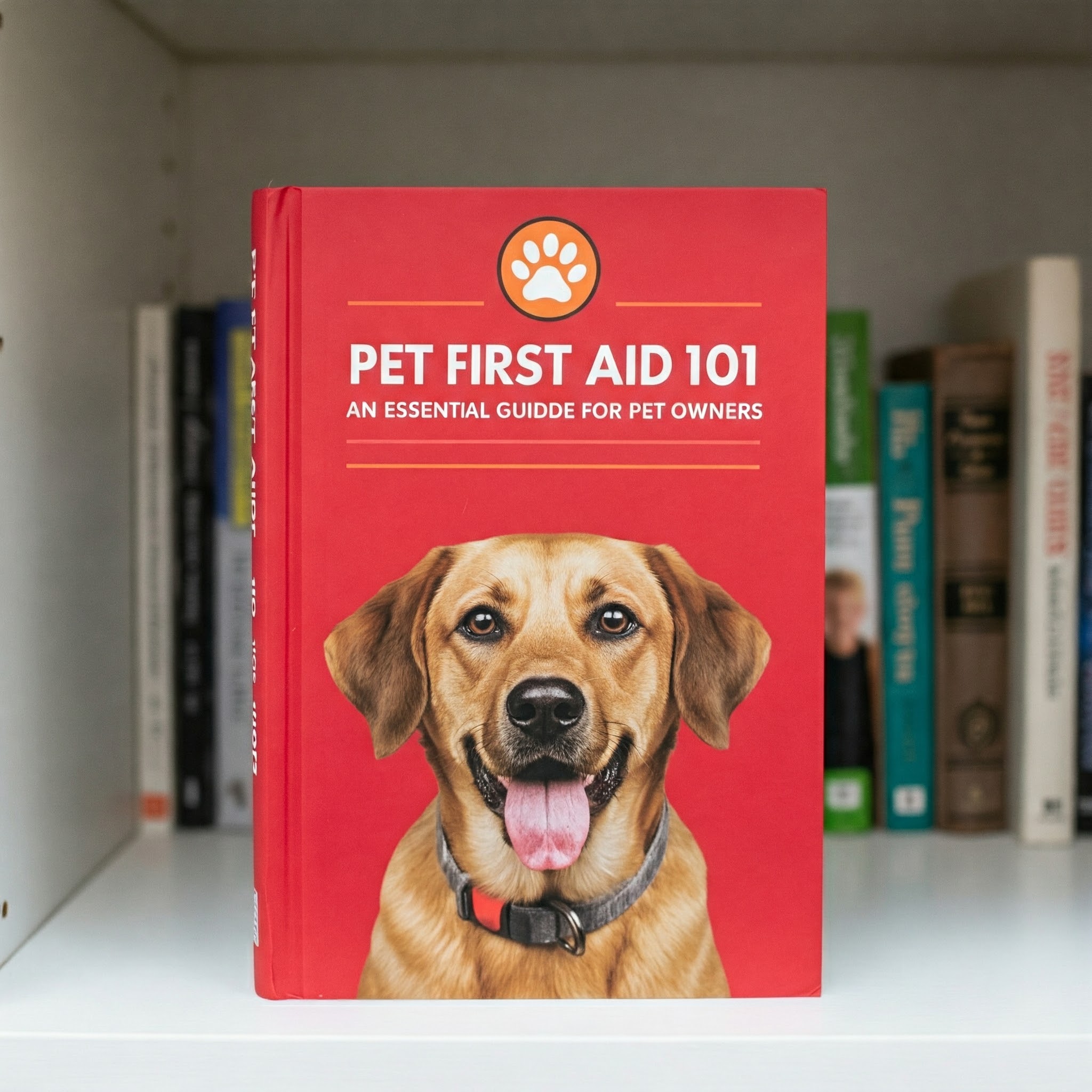Pet First Aid 101- An Essential Guide for Pet Owners
Pets are more than just animals—they’re beloved members of our families. Like humans, pets can encounter unexpected emergencies, from choking hazards to minor injuries. Knowing how to respond quickly and appropriately can save your pet’s life or prevent further harm. This guide provides essential pet first aid tips to help you handle emergencies until professional veterinary care is available.
Why Pet First Aid is Crucial
Emergencies can occur at any time, whether you’re at home, out on a walk, or on a trip. Having basic first aid knowledge empowers you to act swiftly and confidently in critical moments. Additionally, being prepared can ease your pet’s pain and discomfort until they receive professional care.
Preparing a Pet First Aid Kit
Before diving into specific scenarios, it’s essential to have a well-stocked pet first aid kit. Here’s what to include:
- Bandages and Gauze: For wrapping wounds and stopping bleeding.
- Antiseptic Wipes or Solution: To clean minor wounds.
- Tweezers and Scissors: For removing splinters or cutting bandages.
- Digital Thermometer: To monitor your pet’s temperature.
- Latex or Nitrile Gloves: To maintain hygiene during first aid.
- Hydrogen Peroxide (3%): Useful for inducing vomiting under veterinary guidance.
- Emergency Contact Numbers: Your vet’s number and the nearest 24/7 animal hospital.
- Pet-Safe Pain Relievers: Only if prescribed by your vet.
- Towel or Blanket: To restrain or comfort your pet.
- Muzzle: For safety during stressful situations.
Recognizing and Responding to Common Emergencies
1. Choking
Signs: Coughing, gagging, difficulty breathing, pawing at the mouth, or blue-tinged gums.
What to Do:
- Stay Calm: Your pet may panic, making the situation worse.
- Open the Mouth: Carefully look for the object causing the blockage.
- Use tweezers to remove visible objects, but do not push the object further down.
- Perform the Heimlich Maneuver (for medium-to-large dogs):
- Place your hands just behind the ribcage and thrust upward and inward.
- For small pets, hold them with their back against your chest and compress gently with your hands.
- Seek Veterinary Care: Even if you dislodge the object, a vet check-up is vital.
2. Bleeding Wounds
Signs: Visible blood, limping, or excessive licking of the area.
What to Do:
- Apply pressure with a clean cloth or gauze to stop bleeding.
- Use a bandage to wrap the wound snugly but not too tightly.
- Elevate the injured limb, if possible.
- Contact your vet for further instructions, especially if the wound is deep or doesn’t stop bleeding.
3. Poisoning
Common Toxins: Chocolate, certain plants (like lilies or poinsettias), human medications, and household cleaners.
Signs: Vomiting, diarrhea, lethargy, drooling, or seizures.
What to Do:
- Identify the toxin and when your pet ingested it.
- Call a pet poison hotline or your vet immediately.
- Do not induce vomiting unless instructed by a professional.
- Bring the packaging or sample of the toxin to the vet if possible.
4. Heatstroke
Signs: Heavy panting, drooling, red gums, weakness, vomiting, or collapse.
What to Do:
- Move your pet to a cool, shaded area.
- Wet their fur with cool (not cold) water, especially around the paws, belly, and ears.
- Offer small amounts of water to drink.
- Transport your pet to the vet immediately.
5. Seizures
Signs: Tremors, loss of consciousness, drooling, or paddling movements.
What to Do:
- Stay calm and move objects away to prevent injury.
- Do not touch your pet’s mouth.
- Time the seizure and note the duration.
- After the seizure, comfort your pet and keep them calm.
- Contact your vet for an emergency evaluation.
6. Broken Bones
Signs: Limping, swelling, or a limb at an odd angle.
What to Do:
- Do not try to set the bone.
- Wrap the limb gently with a towel for support.
- Minimize movement and transport your pet to the vet immediately.
7. Eye Injuries
Signs: Squinting, redness, discharge, or swelling.
What to Do:
- Prevent your pet from rubbing their eye.
- Flush the eye gently with saline solution if there is debris.
- Cover the eye with a clean, moist cloth.
- Seek immediate veterinary care.
General Tips for Handling Emergencies
- Stay Calm: Pets can sense your anxiety, which may make them more agitated.
- Restrain Safely: Even the most gentle pets may bite or scratch when scared or in pain. Use a towel or muzzle if necessary.
- Transporting Your Pet: Use a sturdy carrier or a makeshift stretcher for larger animals.
Preventing Emergencies
While accidents happen, many emergencies can be avoided with proactive measures:
- Pet-Proof Your Home: Remove toxic plants, secure trash bins, and keep hazardous items out of reach.
- Regular Vet Visits: Routine check-ups help identify potential health issues early.
- Supervise Outdoor Activities: Keep an eye on your pet during walks or playtime.
- Train Your Pet: Basic obedience training can prevent risky behaviors.
When to Seek Professional Help
Even with the best first aid efforts, professional veterinary care is often necessary. Always err on the side of caution and contact your vet if you’re unsure about your pet’s condition.
Final Thoughts
Pet first aid is an invaluable skill that every pet owner should learn. Being prepared can make all the difference in an emergency, ensuring your furry friend receives the care they need. Consider taking a pet first aid course to deepen your knowledge and confidence. Remember, your quick actions can save your pet’s life and strengthen the bond you share.

